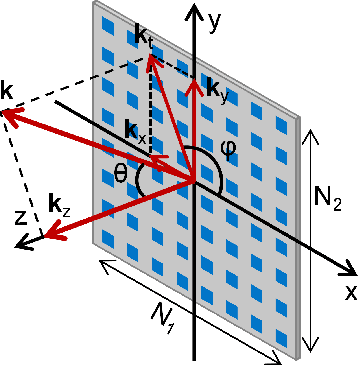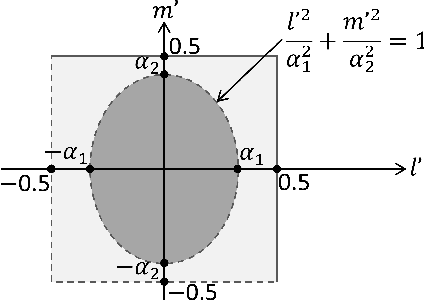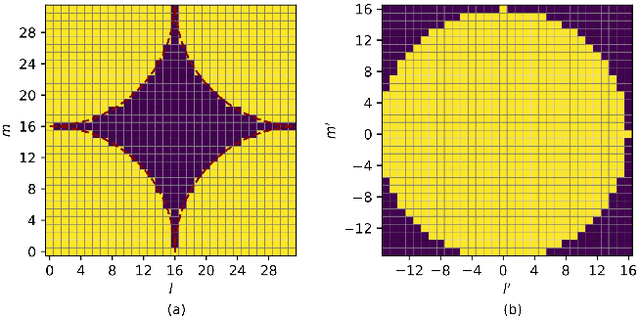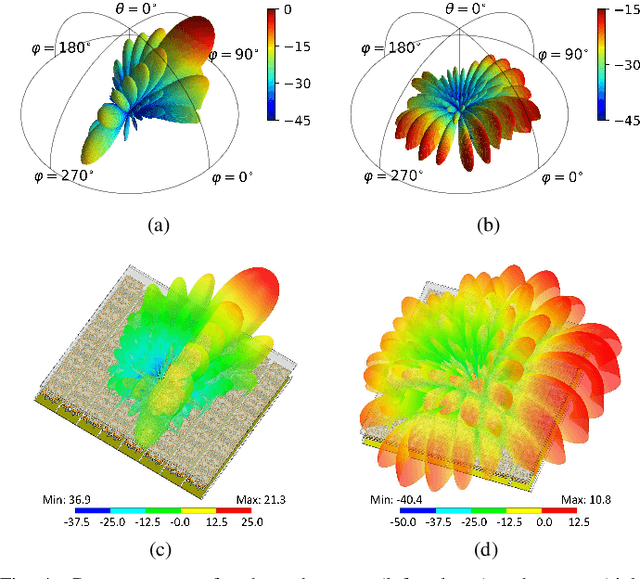Shujuan Zhang
Revealing the evanescent components in Kronecker-product based codebooks: insights and implications
Jul 09, 2024



Abstract:The orthogonal bases of discrete Fourier transform (DFT) has been recognized as the standard spatial-domain bases for Type I, Type II and enhanced Type II codewords by the 3rd Generation Partnership Project (3GPP). For uniform planar arrays, these spatial-domain bases are derived as the Kronecker product of one-dimensional DFT bases. Theoretically, each spatial basis corresponds to a beam directed towards a specific angle of departure and the set of bases represent the orthogonal beams that cover the front hemisphere of an array. While the Kronecker-product based precoding scheme facilitates the concise indexing of a codeword in the codebooks through precoding matrix indicators (PMIs) in channel state information feedback, it introduces redundant spatial beams characterized by high spatial-frequency components. This paper investigates the presence of codewords representing high spatial-frequency components within the Kronecker-product based codebooks. Through theoretical analysis and simulations, we confirm the redundancy of these codewords in MIMO communications, advocating for their removal from the codebooks to enhance system performance. Several topics relevant to the high spatial components are also involved in the discussion. Practical suggestions regarding future standard design are provided based on our theoretical analysis and simulation results.
Patterned Beam Training: A Novel Low-Complexity and Low-Overhead Scheme for ELAA
Jun 01, 2024


Abstract:Extremely large antenna arrays (ELAAs) can provide higher spectral efficiency. However, the use of narrower beams for data transmission significantly increases the overhead associated with beam training. In this letter, we propose a novel patterned beam training (PBT) scheme characterized by its low overhead and complexity. This scheme requires only a single linear operation by both the base station and the user equipment to determine the optimal beam, reducing the training overhead to half or even less compared to traditional exhaustive search methods. Furthermore, We discuss the pattern design principles in detail and provide specific forms. Simulation results demonstrate that the proposed scheme outperforms the compared methods in terms of beam alignment accuracy and achieves a balance between signal-to-noise ratio (SNR) conditions and training overhead, making it a promising alternative.
 Add to Chrome
Add to Chrome Add to Firefox
Add to Firefox Add to Edge
Add to Edge